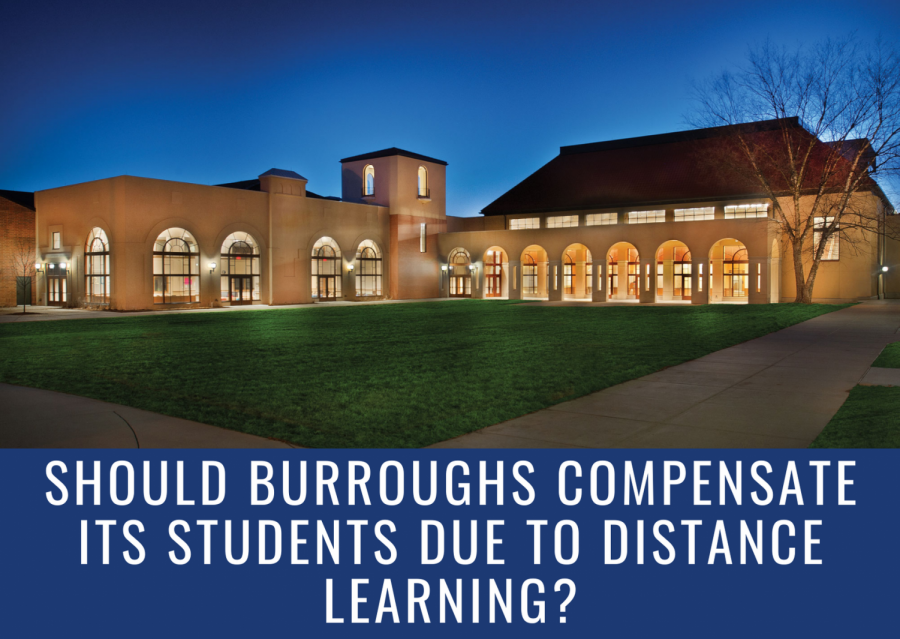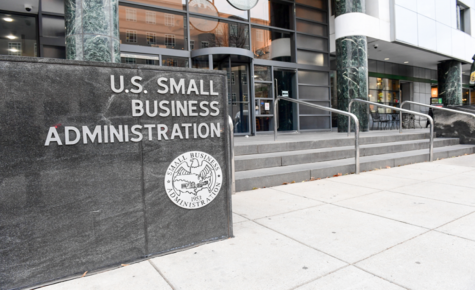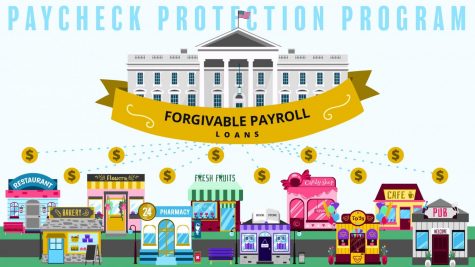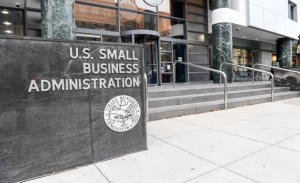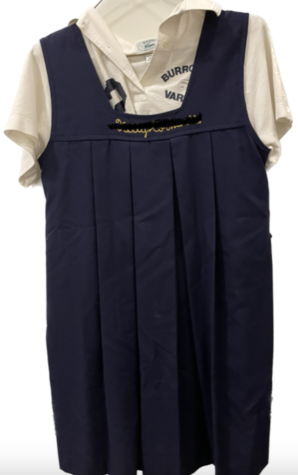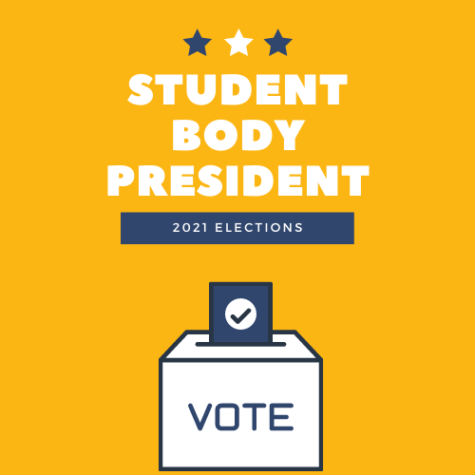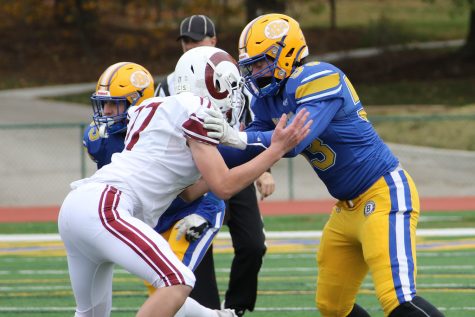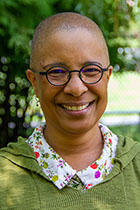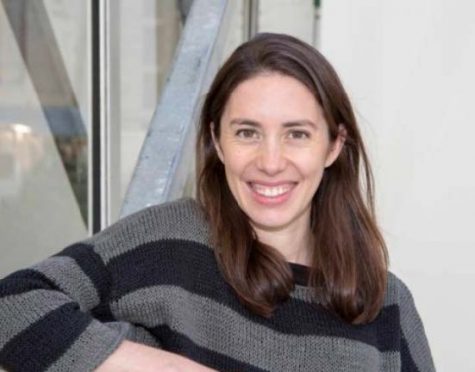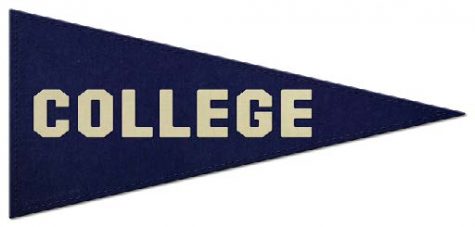Should Burroughs Compensate its Students due to Distance Learning?
May 16, 2020
Amid these changes to distance learning, there is a sentiment among some students that families’ tuition payments should be compensated, as the education received through distance learning can be perceived to be of lesser value than the education received on Price Road. Unlike the “Universal Tuition Aid” article, this aid would be in response to this years’ losses in educational value, and not a response to the oncoming recession due to Covid-19.
With distance learning, students don’t receive the normally included lunches and class time that they normally do when on-campus. “My core classes are meeting once or twice a week instead of four to seven times… we no longer have access to those incredible facilities, such as the library and labs. In the announcements that many colleges have given regarding compensation, they note the lack of a “campus experience” which we, to a lesser degree, are also missing right now, ” said Drew Wunderlich (‘21). “I think seniors are a unique case because tuition being lowered for the next year doesn’t affect us,” Tej Sheth (‘20). “We won’t get to experience many senior traditions, enjoy the classroom experience and be around our peer group.” Burroughs’ tuition is already a considerable financial sacrifice for many families, and it appears to some that it’s not the same bill that families should be paying. “As a student, I’m not paying the tuition and hence I do not feel as though I, myself, am owed much. However, my family, who is footing the bill, is,” said Wunderlich.
“To some extent, yes. I do feel that, as a paying student, I’m owed for the losses that the COVID-19 and distance learning causes,” added Leyla Fern King (‘21). Teachers graciously offer drop-in hours as well for student’s questions; however, some students argue that this style is not worth the same price. Electives are defined as optional, and many teachers have been forced to restructure their courses considerably. “We no longer can use the IT room, the library, the FACS room, or many athletic facilities and the unique environment has been greatly diminished,” noted Wunderlich. Additionally, a major core subject like science loses an integral part of its curriculum: hands-on lab activities. Students no longer can perform in-class labs, where science equipment bought by the school and included in tuition funding is not enjoyed. One example of an affected event is Bio Drey Land, a large part of the Burroughs experience as a whole that has been cancelled. Bio Drey Land is included in tuition costs; ninth graders do not have to pay an additional dollar for the trip.
Through rather amateur cost-benefit analysis, the 2019-2020 school-year is 162 school days, with the loss of spring exams. 123 of the school days were held at Burroughs on Price Road, while 39 of them have been and are going to be done through distance learning, which is approximately 24% of the school year. 24% of Burroughs’ tuition is $7,272, which is about $186.46 per day. These numbers are correct, yes, but what do we do with them? Can what we’ve lost due to Covid-19 be quantified exactly, and should they be? Is it really just pure subtraction?
One consensus among interviewees is that an actual quantification of a compensation plan is murky at best. A dollar value to what should be owed back to families was not given from the interviewees. Estimates for how losses should be met were sometimes approached by looking at other avenues. “Many schools and universities with worse financial situations [than Burroughs] have handled this much better and have been able to compensate families… I do not ask that 1/4 of the tuition be repaid for 1/4 of the school year gone, but I believe at the very least the cost of food should be repaid,” said Wunderlich. “I mean, we’ve seen a lot of colleges make reimbursement plans for the costs of second-semester housing. Although Burroughs doesn’t provide housing, there are still many amenities covered by tuition that we are no longer using.” “We should receive compensation for the two months of distance learning in which we are no longer eating Sage Dining and using heating and cooling systems,” said King. No private high school in the St. Louis area has created a plan to compensate its families for its switch to distance learning.
Although Burroughs doesn’t provide housing, there are still many amenities covered by tuition that we are no longer using.
— Drew Wunderlich
The payment of tuition in exchange for an education is essentially the contract at hand agreed upon by both parties. The school ensures that the health and safety of its students is of top priority, thus, should the school be required to compensate for following guidelines set out by the state of Missouri? In short, no. In order to ensure the health and safety of its families and follow the guidance of the Missouri state government, Burroughs’ hand was essentially forced to alter the day-to-day practices of its classes. However, many classes were able to alter themselves optimally. Ninth-graders saw no interruptions with their world civilizations term papers, while an elective such as photography, has actually found ways to continue with nearly the same assignments as before the lockdown. Upon beginning distance learning, Mr. Abbott stated that the school’s first primary goal under distance learning is “to ensure that those students who are in sequential courses are prepared for the next level of the course (e.g., Algebra II students are ready for Pre Calc; Spanish II students are ready for Spanish III)”, there has been no sentiment that this goal is not being accomplished. “I don’t think we pay to go to John Burroughs School just for its buildings, fields, and classrooms, but instead to be a part of a community with amazing teachers and classmates. Because of this I think that Burroughs still has value through distance learning,” Rahul Jasti (‘21) said.
“Although I am missing out on a lot of these resources, I don’t feel like I am owed anything. We are in the middle of a pandemic that no one predicted and the school is not doing particularly well either,” Jasti said. For whatever amount of money the school saved in food and operational costs, they’ve certainly lost more from their endowment and annual fund payments, as summer revenue generators have nearly been slashed completely. The Spanish Flu epidemic of 1918-1920 occurred prior to Burroughs’ founding in 1923. A large majority of the private schools in America have never seen or dealt with a pandemic of this magnitude, where the length and burden that Covid-19 will put upon the school will not be fully known until years down the road. Any compensation plan would also be added to rising financial aid needs. A pure outlook of cost-benefit analysis is sometimes an unfair approach in an argument. “I understand that all the bad things happening right now affect the school just as much as they affect my family and that it’s not always fair to make demands of the school.” said King.
Amid all of the complications and differing opinions, there seems to be no distrust or cynicism towards the school. “It’s hard to tell what the “right” thing to do is right now… I trust the administration will make the right call though,” Holly Wei (‘21) said. Students are well aware that the school is working to do everything they can to make Burroughs possible for nearly everyone. “The compassion that inspires Burroughs’ commitment to keeping their employees paid and helping them through this time is part of why I love Burroughs and what makes it a fantastic place… I send my gratitude to the faculty, staff, and especially teachers who are giving the absolute best effort to make this still beneficial for all of the students and putting our education and betterment before all else and I know they will try their best to reach a fair conclusion to this issue,” Wunderlich added. Empathy and acknowledgement of the situation at hand are present on either side of the spectrum regarding this issue.
Burroughs still has value through distance learning.
— Rahul Jasti
Through research and analysis of Covid-19’s financial effect on John Burroughs School, I have found only one universal truth: Tuition is convoluted and often inconclusive. For a private institution, putting a numerical value on the education offered is not the sole measure taken in quantifying tuition. The tuition’s value must also objectively consider factors such as meeting its operational costs, meeting financial needs for many of its families, while building security blanket funds, in situations such as national emergencies of any sort. Moreover, the school must assure a balance that both itself as well as its families’ needs are maintained. Quantifying just one of these factors is hard. Quantifying all of these factors requires an entire professional department. Once a pandemic is added to the mix, who really knows what is right and wrong, and how these values mesh with the realms of possibility and impossibility.
